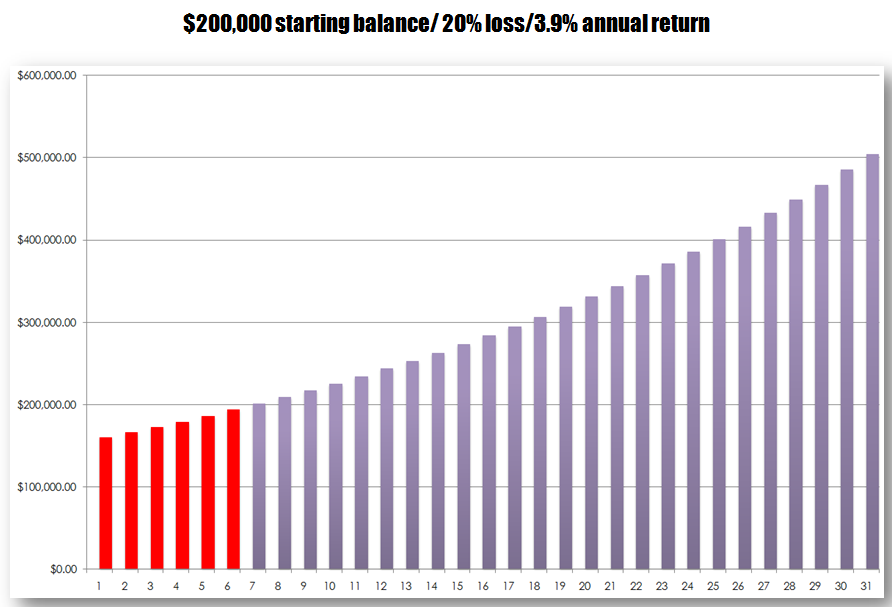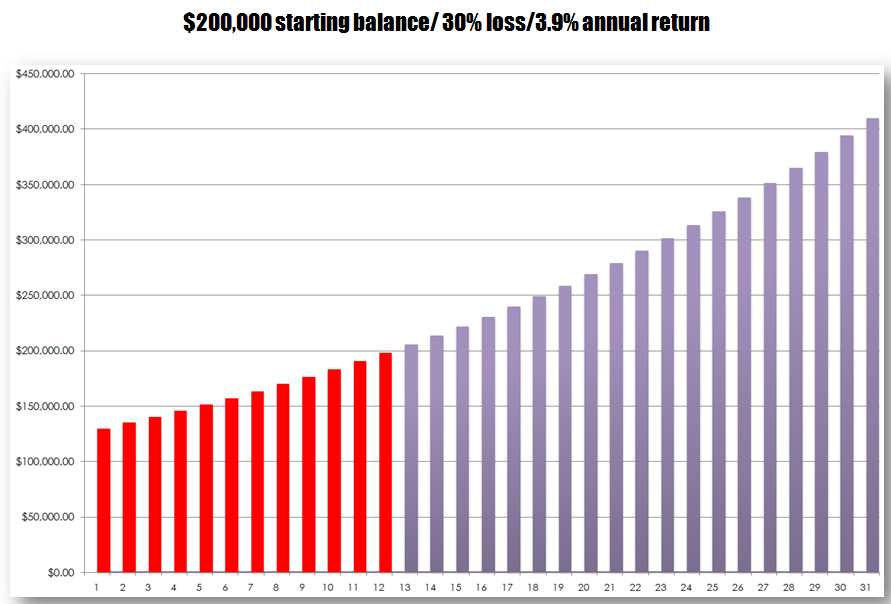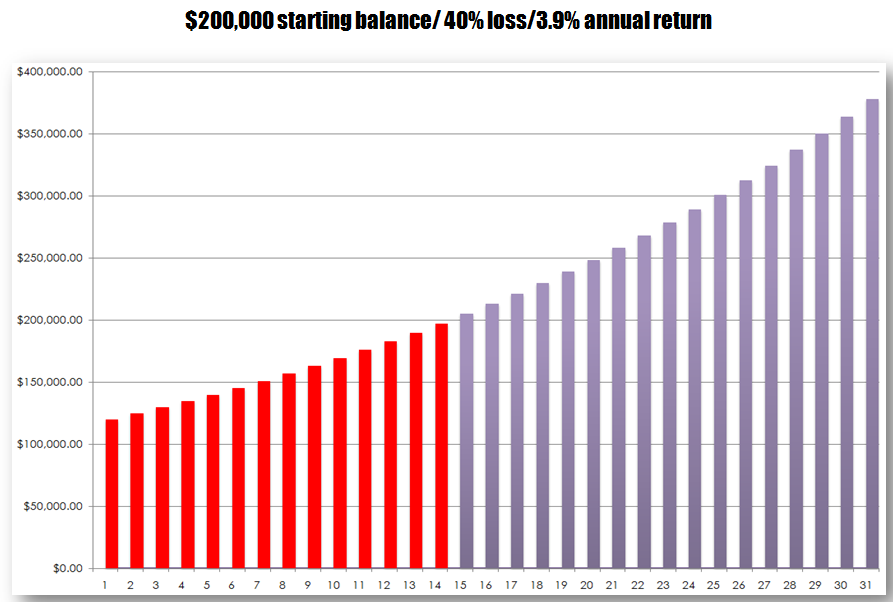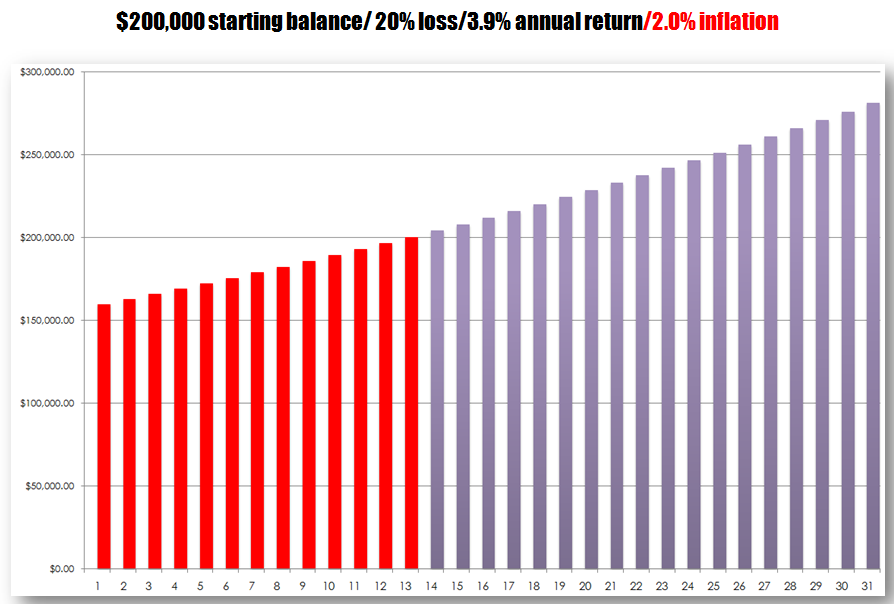Every now and again you come across an article by accident that requires a detailed comment other than the usual simple dismissive. Over the weekend I came across the following article in The Age – parts of it cried out for comment.
THE stockmarket rout has wiped an estimated $30 billion from Australian superannuation funds over the past six weeks, but industry leaders have urged members to ”keep the faith”.
I didn’t realise that investing was a religious phenomena – although given the large number of superstitious beliefs that the funds management industry cling to it is hardly surprising that some in its ranks want to lift it to the level of a religion. However, to keep the faith you need to have at least some evidence that your belief in someone or something is justified. The superannuation industry has certainly done nothing to justify anyone having faith in them. The reasons for this lack of faith will become apparent.
Australian Super chief executive Ian Silk said the savage losses of the past week needed to be put in context of steady gains of about $120 billion over the past year.
”All investors feel losses far more keenly than they appreciate gains, so people will say they have lost 3 per cent in a few weeks, but forget they gained almost 11 per cent over the previous year,” he said.
This comment reflects a very naive belief about the distribution of gains and losses within markets and demonstrates a complete lack of understanding of how financial mathematics works. As such it is necessary to put the various figures into some sort of context.
Whether the industry gained $120 billion over the past year is somewhat of a straw man argument since we have no idea how this relates to returns at all. The statement that investors gained 11% over the previous year also has to be viewed in context. This gain comes off a complete collapse in super returns in the years prior to that.
Consider a simple example. If I have $100,000 and I lose 10% then it takes an 11.1% gain for my funds to return to their original balance. During the GFC the All Ordinaries Index lost 54% – we can assume that many (read most) superannuation balances lost an equivalent amount. From the trough of 3091 the market then climbed to high of 5069, a gain of 60%. To the financially illiterate it might be assumed that the losses of the GFC have been wiped out, after all a 60% gain is higher than a 54% loss. However, only the financially illiterate would think this. An example shows how this works. Assume I have $100,000 and I lose 54% – I am now down to $46,000. From here I have a return of 60%, that is my remaining funds grow to $73,600. You don’t have to be a genius to realise that $73,600 is not $100,000 – I am still short $26,400.
”People don’t rush to sell their houses when property prices fall and they need to take a similar long-term approach to superannuation.”
Again this is a profoundly weak analogy since the value of your house doesn’t evaporate before your eyes. There is no ticker outside your house giving you its value from moment to moment, A better analogy would be that when your house is on fire you don’t stick around to see if it suddenly gets better. And certainly don’t suddenly decide to plan that new pergola.
But for those who left the workforce in the past five years, the recent market turmoil is expected to further erode retirement savings that had already been battered by the global economic downturn of 2008.
He said many of Australia’s biggest superannuation funds had already moved to reduce exposure to the skittish US equity market, amid concerns of a double-dip recession.
‘‘While the US represents around half of the global equity market, we have a substantial allocation in emerging markets including China, where we expect stronger growth and less volatility,” Mr Silk said.
I don’t think that would make me feel any better.
”The people who will be really hurt are those already spending their super, it could be a disaster for some of them,” said Garry Weaven, chairman of investment group Industry Funds Management.
At last something sensible
‘‘But for those who are years away from retirement, they need to be philosophical and understand that markets can be volatile, but in the long term they should be fine.”
I think I had better take back that remark about something sensible. The fact that people may be fine in the long term is debatable . The Australian Prudential Regulation Authority (APRA) analysed the returns of the nation’s 200 largest superannuation funds over the last 10 years and found that the average return was 3.9% pa.
For the same period the overnight cash rate was 5% and the return from the All Ordinaries Accumulation Index was 7.69%. According to APRA some $282 billion in superannuation is locked up in funds returning less than 3.9% pa.
This is simply not a matter of being fine in the long term – this is an out an out disaster for those approaching retirement and the reason for this is simple. The returns generated by funds will in no way be sufficient to offset the losses they have incurred.
To illustrate this I have generated a few loss to recovery scenarios. All of these scenario’s assume as a starting superannuation balance of $200,000 and an investment return of 3.9% pa.
Example One – $200,000 starting balance, 20% loss, 3.9% annual return.
Time to recovery – 7 Years
Example Two – $200,000 starting balance, 30% loss, 3.9% annual return.
Time to recovery – 13 Years
Example Three – $200,000 starting balance, 40% loss, 3.9% annual return.
Time to recovery – 15 Years
The astute reader will notice that there is something missing from these calculations – I have left out inflation. Adding inflation back into the mix changes the picture dramatically.
If we take our original example of a 20% and add in a nominal inflation rate of 2% the time to recovery doubles from 7 years to 14 years. However, the time to recovery is only half the story more compelling is the terminal value of each fund with an without inflation. Without inflation our original example grows to $504,180.92 after 31 years. With inflation in the mix this figures drops to $281,513.87.
The implied promise that everything will be fine in the long term is very hollow.
The Association of Independent Retirees national president John Wenban said many self-funded retirees were anxious, but cautioned against panic.
”I think at the moment it is all theory, it is not actual money,” Mr Wenban said.
I am not really certain what to say about this statement – I will leave others to make their own judgement.
”It’s a 4 per cent tumble, which is significant, but come Monday it could be up 1 per cent and before you know it, it could be up by 10 per cent again, which is where we were in July after the GFC in 2008.”
Mr Wenban would benefit from a course in financial mathematics 101. Or he could simply read this article.
The superannuation industry is valued at some $1.2 billion and if we assume a basic annual fee of 2% this industry takes in about $24,000,000 in fees annually. So over the past 10 years it may have taken in as much as $200,000,000 and delivered very little to its stakeholders.
The full story can be found here









